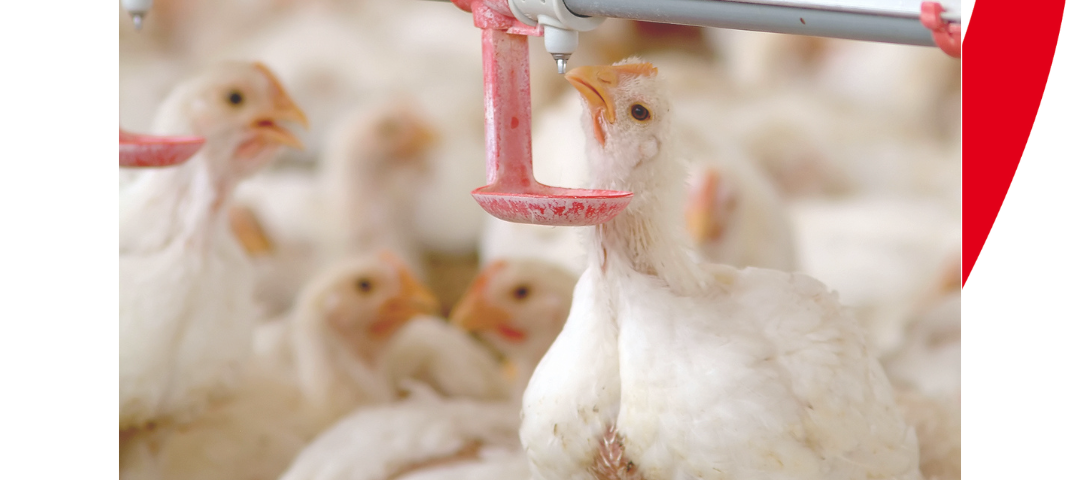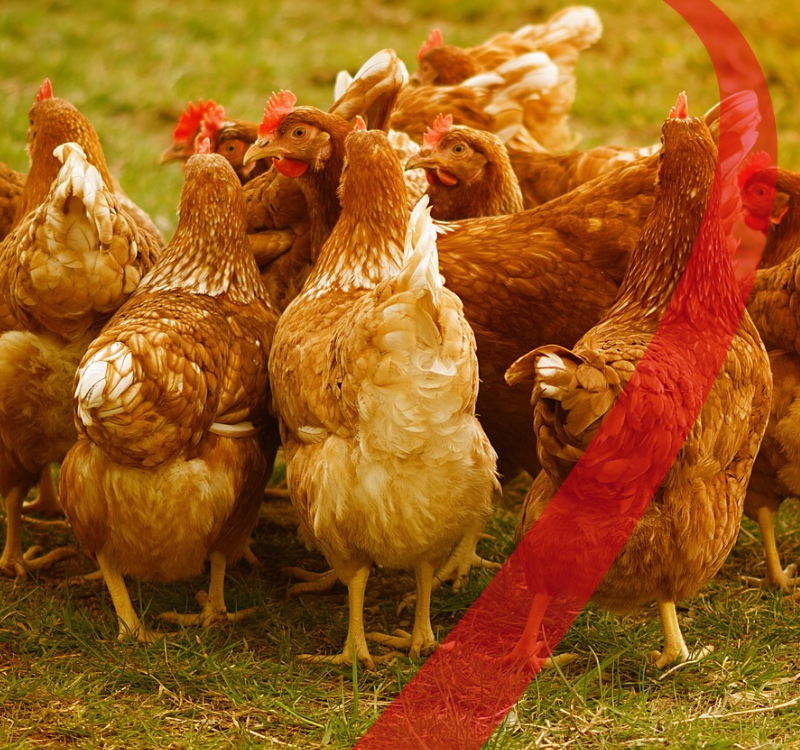Heat stress in poultry

Riduzione degli antibiotici in allevamento, a che punto siamo?
December 15, 2021QUESTIONS, ANSWERS and TIPS ON HEATH STRESS
Heat stress arises whenever animals are exposed to a temperature higher than its “thermoneutral zone.”.
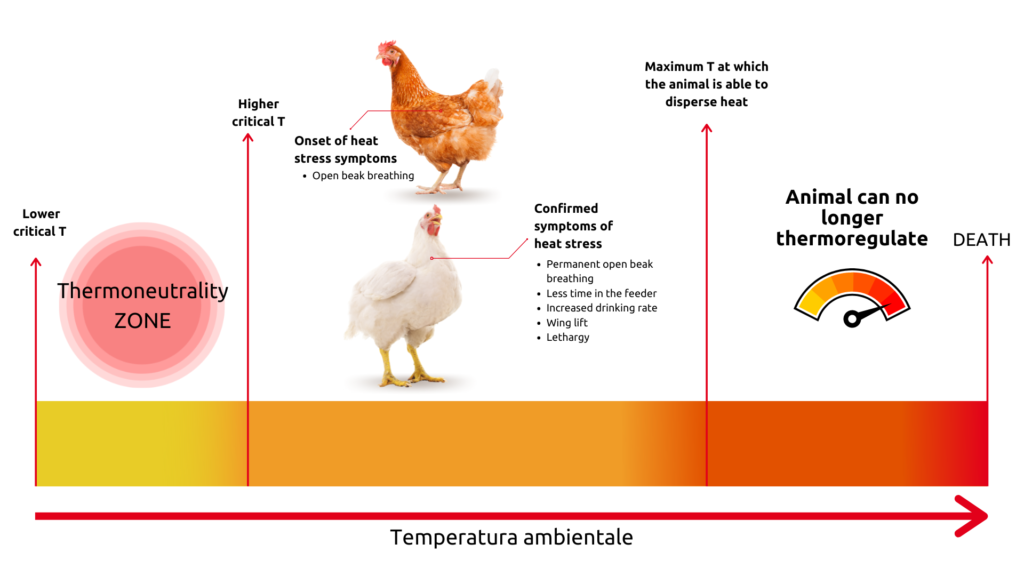
We can define as a thermoneutral zone a temperature range within which the animal does not manifest the characteristic symptoms of heat stress because it can still maintain its body temperature constant by displaying normal behavior.
The thermoneutral zone for laying hens is between 19 and 22° C, while for broilers, it is between 18 and 22° C.
What are the symptoms of heat stress?
In general, poultry shows similar heat stress behaviors with individual variations in intensity and duration of the response.
Animals suffering from heat stress
- Spend less time feeding
- Increase their drinking rate
- Breathe with “open beak”.
- Raise their wings
- Are more lethargic
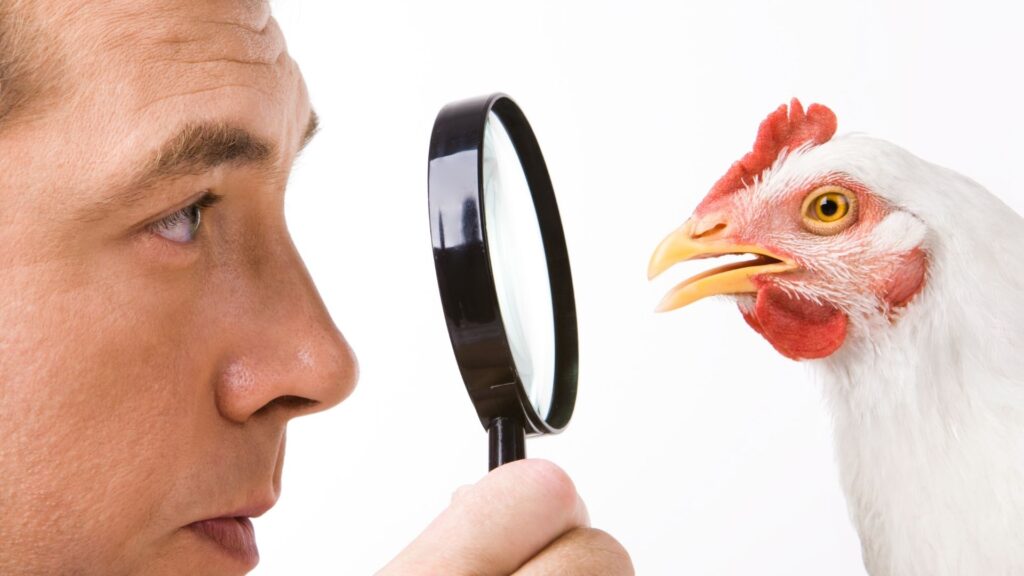
Why these symptoms occur?
The animal’s high metabolic activity for growth or egg production results in increased heat production.
This heat production depends on several factors, including Race, body weight, more or less thrust production, ingestion, type of food and exercise.
Dissipating this heat in poultry is not easy since, unlike mammals, they do not have sweat glands. When the external temperatures exceed the thermoneutral zone of the animal, the mechanisms used for the dispersion of heat are less and less, and the consequences can be harmful.

How does poultry disperse heat?
Heat dispersion in poultry species can occur through five main mechanisms:
- Conduction It occurs by heat dispersion through the contact between the animal to a surface such as the litter or a wall.
- Convection: Convection provides for dispersion of heat similarly to the previous one but through a moving medium that can be, for example, a forced flow of air. That is the most efficient way to disperse heat, as long as the flow on the animal is sufficiently quick to remove the layer of air surrounding the animal with which the conduction phenomena occur. To favor this method of heat dispersion, the modern technologies developed in breeding provide precisely the use of forced ventilation, often with air-cooled by systems such as the cooling systems.
- Irradiation: It provides for the irradiation of heat into the surrounding environment via electromagnetic waves. This type of dispersion does not require a medium such as air to occur. The animal often opens its wings slightly to facilitate an exchange of heat with the air and surrounding elements to optimize these processes
- Evaporation Evaporation is significant because poultry has no sweat glands. Evaporation occurs via the skin or open beak breathing. In particular, nasal cavities are the most efficient means of completing evaporation. So open beak breathing is one of the first symptoms of heat stress, even if evaporation is effective only in the case in which the humidity is not excessively high. which is why a hot and humid environment is much more stressful than a hot and dry environment.
- Excretion: Another way of dissipating heat is by increasing the rate of excretion of liquids through liquid urine and feces.
What are the effects of heat stress?
The effects of heat stress depend on the duration and frequency of the animal’s exposure to the stressful event.
Exposure to high temperatures can be acute and sudden or chronic as during the summer cycles where the animal is exposed to temperatures well above the thermoneutral zone for prolonged periods.
Chronic exposure does not exclude acute exposure and vice versa; however, while an increase in mortality accompanies acute exposure, often due to suffocation, chronic exposure is accompanied by a decline in performance due to oxidative stress That incurs in the animal.
What are the effects of oxidative stress, and how do they occur?
One of the responses to heat stress we have seen is to disperse the heat through the exchange of the same with the surrounding environment. To do this, the animal’s physiological response is to increase the peripheral blood flow through the dilation of the blood vessels of superficial tissues such as the skin, to the detriment of visceral tissues, thus reducing the flow of blood to internal organs such as the intestine.
The resulting state of hypoxia generates several reactive oxygen species (ROS), commonly known as free radicals, which are greater than the animal’s ability to eliminate.
What is created is what in technical jargon is called an oxidative stress state. The direct consequence of this state is cell damage, with loss of the structural integrity of the intestine, local inflammatory response and alteration of the immune response.
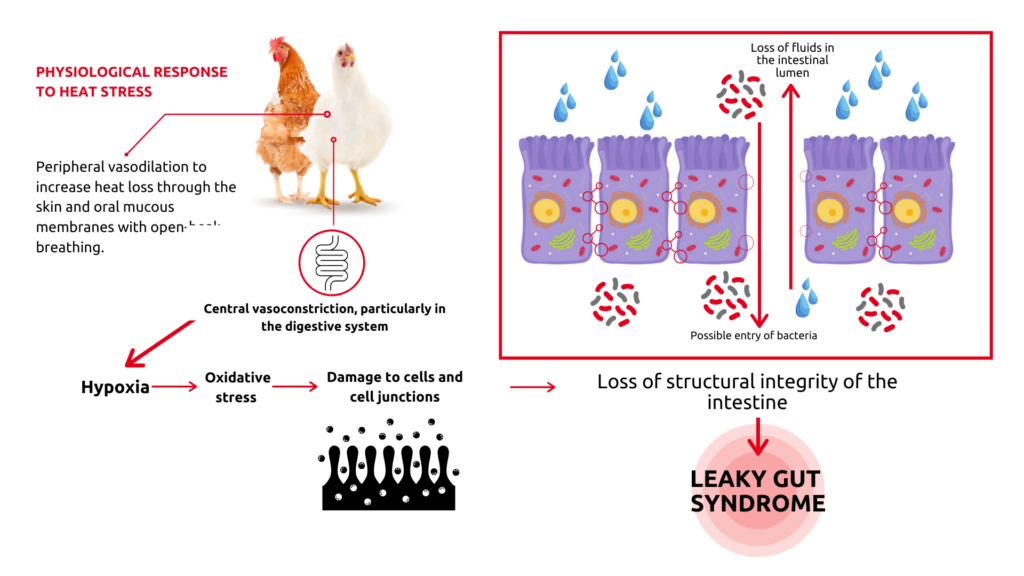
With the alteration of the intestinal barrier, there are also negative changes in the intestinal microbiota (the population of microorganisms that populate the intestine and which is essential for the maintenance of certain functions of the intestine).
The combination of these alterations creates a syndrome called “leaky gut syndrome”. This syndrome is described as an alteration of the structural integrity of the intestine. Consequently, it has an excessive loss of fluids which inevitably results in poor assimilation of food, loss of food efficiency, conversion and performance.
Is it possible to counteract oxidative stress damage?
The primary weapon available to the breeder is to prevent oxidative stress from occurring, avoiding heat stress.
Below are some tips for the farmer that can be useful to reduce the production of endogenous heat in the animal and promote heat loss.
- Avoid feeding ad libitum and provide good quality feed only in the most extraordinary hours
- Ration the feed or calculate the amount of feed necessary for the animal to maintain physiological functions and performance without exceeding the quantity per head per day.
- Always supply fresh and clean water because if the water heats, the environment created favors the proliferation of bacteria.
- In intensive farms, calibrate the ventilation based on heat stress symptoms and possibly use cooling systems such as cooling systems or nimbus.
- In outdoor farms, create shaded areas if there are no trees.
From the point of view of nutrition, on the other hand, the breeder can intervene by integrating mineral salts and electrolytes into the drinking water that are lost when the leaky gut syndrome occurs.
Another intervention that can be carried out is to integrate the diet with substances with antioxidant action from plants and derivatives and vitamin C, which work in synergy to counteract the adverse effects of free radicals produced in the course of oxidative stress. We have seen it to be the direct consequence of heat stress.
In this regard, Tecnozoo recommends NORMOTERM FLUID, which, thanks to the contribution of natural substances with antioxidant action, helps counteract alterations in the oxidative balance, maintaining the physiological balance of the animal, especially in stressful situations.
Did you like the article? Would you like to keep up to date with the nutritional solutions Tecnozoo has to offer?
Follow us on Instagram or !
